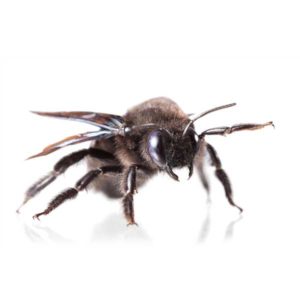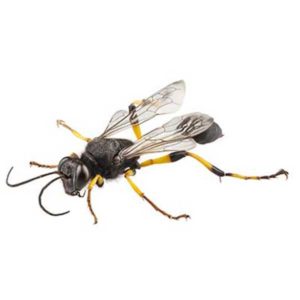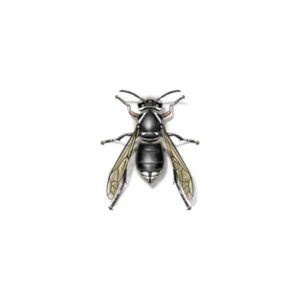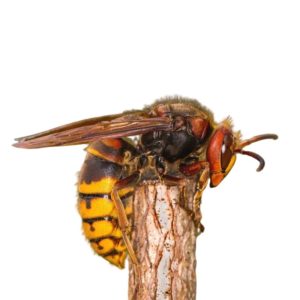Paper Wasps in the Pacific Northwest
With over 22 species across the United States, paper wasps are very common throughout the country. These wasps are brownish in color and have yellow markings, and they are often mistaken for yellowjackets. Paper wasps are most easily recognized by their nest, which looks like an upside-down cone made from paper. This unique shape causes some people to call these insects “umbrella wasps”. These nests usually hang from a protected, horizontal area above the ground.
There are over 22 species of paper wasps in the U.S., and most of them are brownish in color with yellow markings. Often confused with yellowjackets, paper wasps are sometimes referred to as umbrella wasps, and are most easily identified by their nests. Paper wasp nests often look like an upside-down paper cone and typically hang from a horizontal surface in a shaded, protected location. Like other types of wasps, paper wasps feed on insects, spiders, and the like.
Paper Wasp Habitat
Paper wasps are most active during the summer, and they are known for building distinctive nests that have a paper-mȃché texture. These nests are partially open, and they are usually located on tree branches, porch ceilings, or attic rafters. Since paper wasps can build directly onto a home, these insects can make their way indoors by using attic vents, screens, or holes in shingles. Paper wasps are moderately aggressive, which can make an infestation bothersome or dangerous.
Paper Wasp Behaviors, Threats, or Dangers
Paper wasps can be beneficial to the environment, as they help pollinate while keeping the insect population under control. However, paper wasps can be aggressive, and they are capable of stinging repeatedly if threatened. If an individual with a bee allergy is stung by a paper wasp, it is important that they seek medical attention as quickly as possible. Because paper wasps can be dangerous, it is best to call a professional wasp control company if you encounter an infestation in or around your home.





